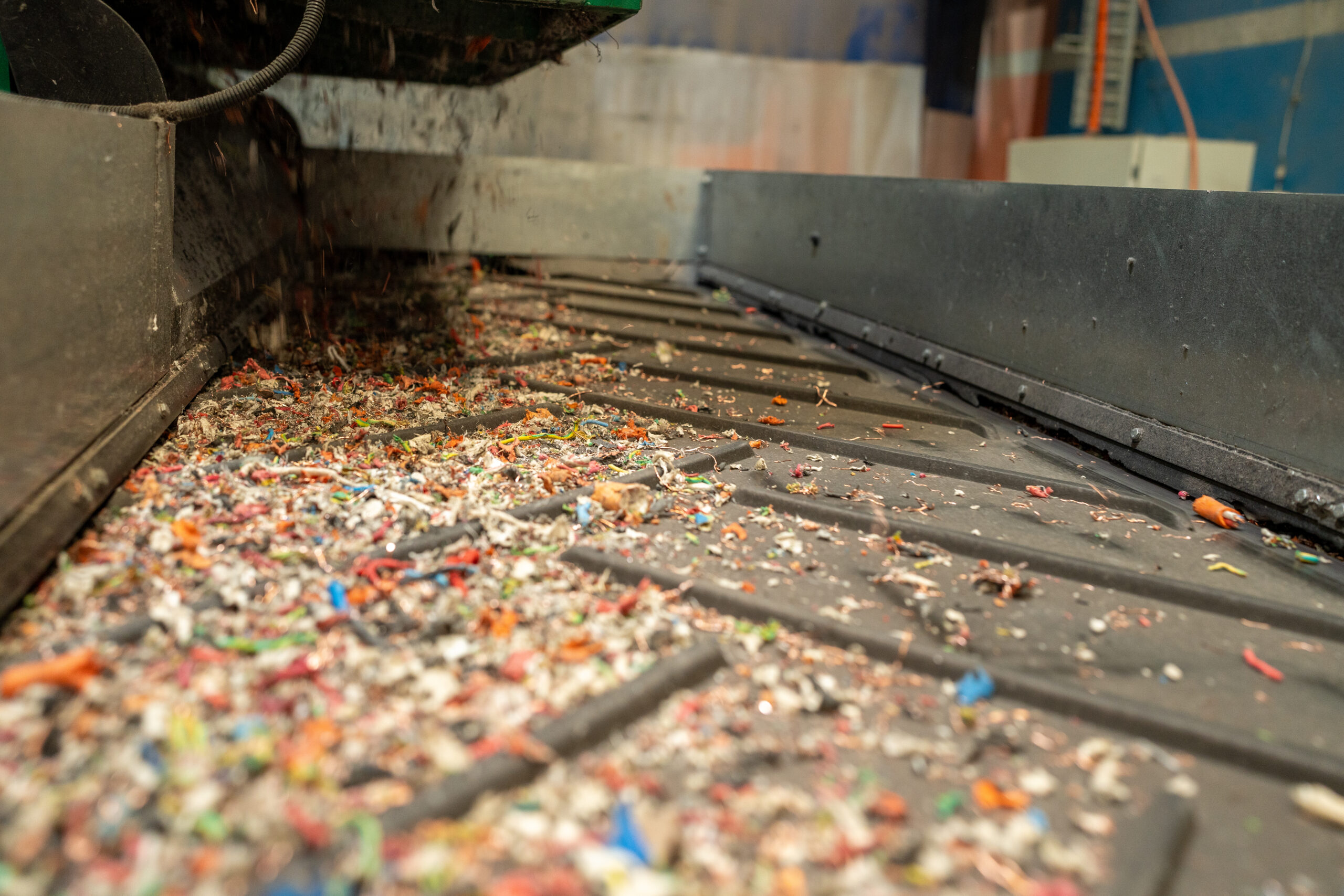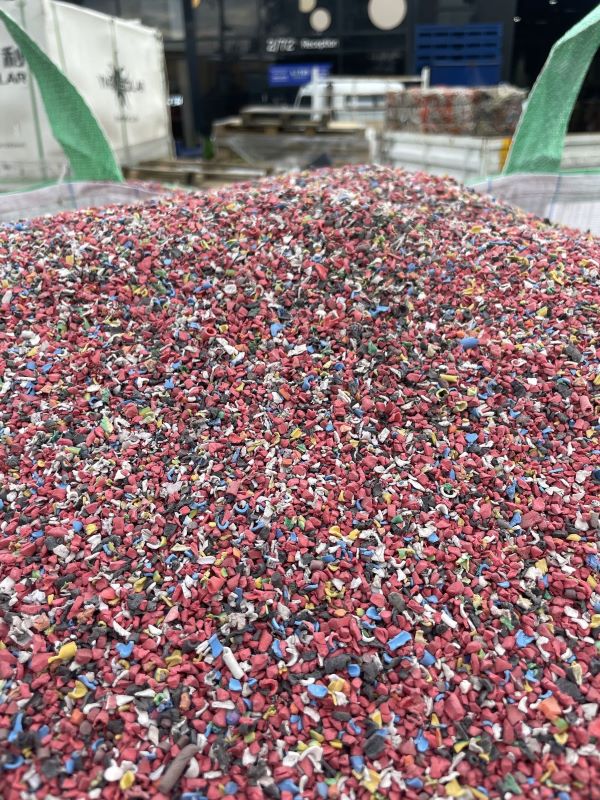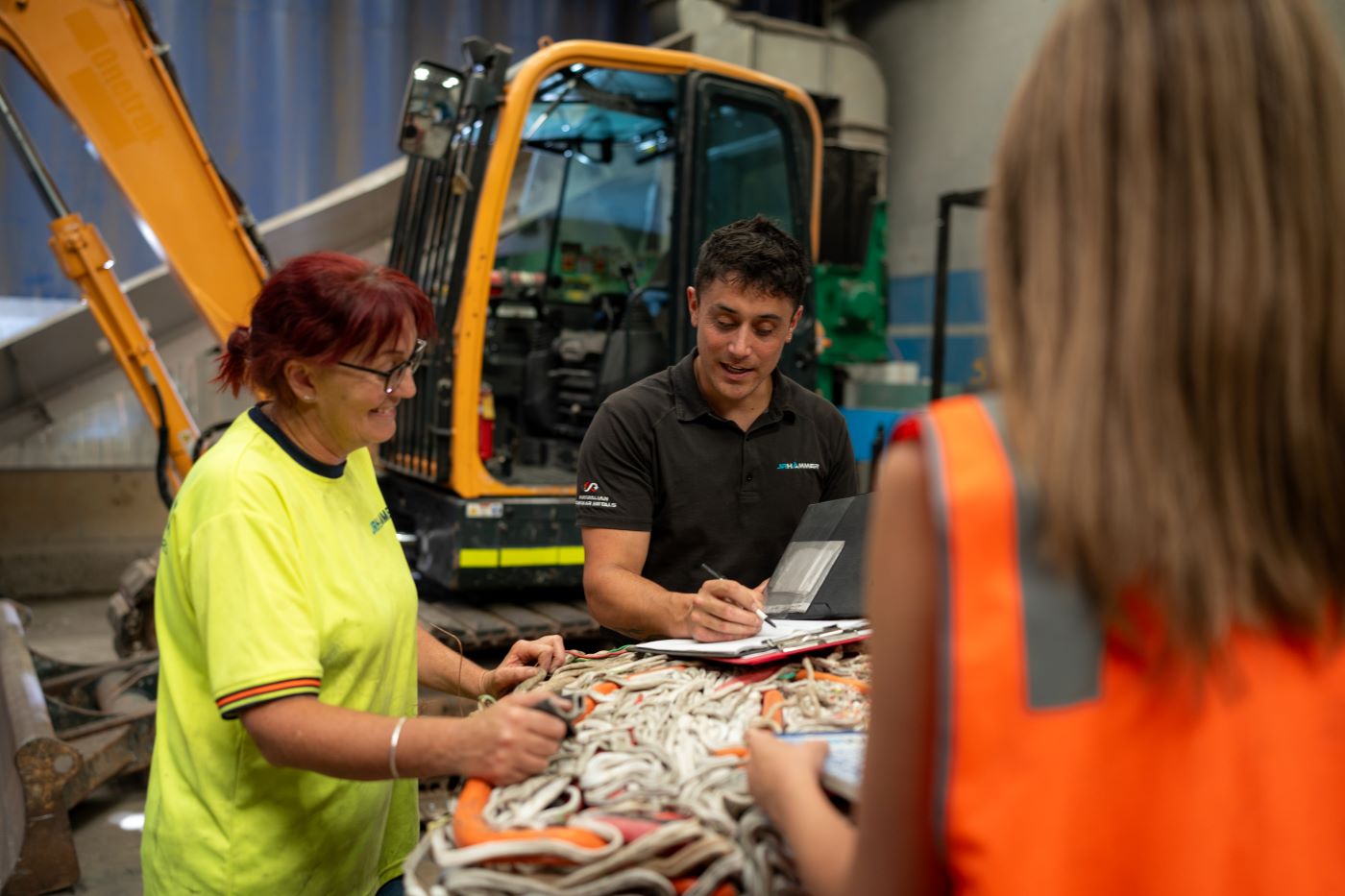RecyCable: Advancing PVC Cable Recycling in Australia
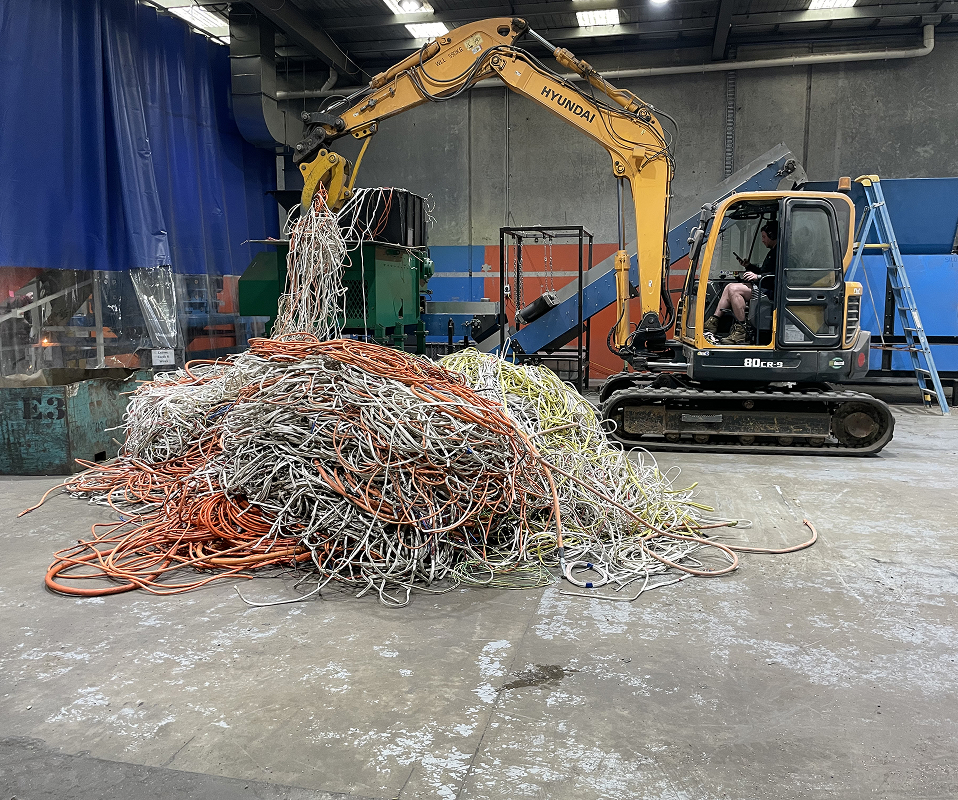
Credits: Vinyl Council of Australia (PDF Newsletter Feature)
Rethinking cable waste
JR Hammer, a Melbourne-based cable recycling innovator, has taken a bold step forward with its RecyCabletm program: a sustainable and efficient cable recycling solution in partnership with Lecky’s and Middy’s Electrical.
Purpose-built to meet the technical and commercial demands of modern cable waste recovery, RecyCabletm challenges the industry to rethink cable waste. The program aims to change the way the industry recycles cables through an easy and incentivised scheme, while supporting the circular economy in Australia.
The PVC recycling challenge
A typical cables’ composition (a complex mix of PVC plastics tightly bonded to metals), makes traditional recycling methods inefficient. This often leads to high contamination rates, low material recovery and limited reuse applications. As a result, the majority of PVC cable waste ends up in landfill.
The RecyCabletm initiative addresses the long-standing issues of PVC waste and recycling head-on. Through extensive research and development in partnership with CSIRO, RMIT and Vinyl Council of Australia, JR Hammer’s recycling facility can recover much higher levels of PVC than any cable recycler in Australia. With innovative technology and strategic partnerships, RecyCable takes the technical challenge of PVC recycling and transforms it into an incentivised opportunity that’s sustainable, scalable and traceable, plus can guarantee a 90% recycling rate (vs industry standard ~50%).
How does RecyCable work?
JR Hammer’s operational process has been designed for convenience, efficiency, transparency and commercial value:
- Collection points at Middy’s and Lecky’s to accept cable waste from contractors. On large projects, contractors can organise site collections.
- Materials are weighed and documented for tracking.
- JR Hammer collects and processes materials sustainably.
- Sustainability certificates are generated with recycling metrics for ESG reporting.
- Recovered materials, like vinyl and PVC are reintroduced to manufacturing streams as materials to form products such as Envirolite.
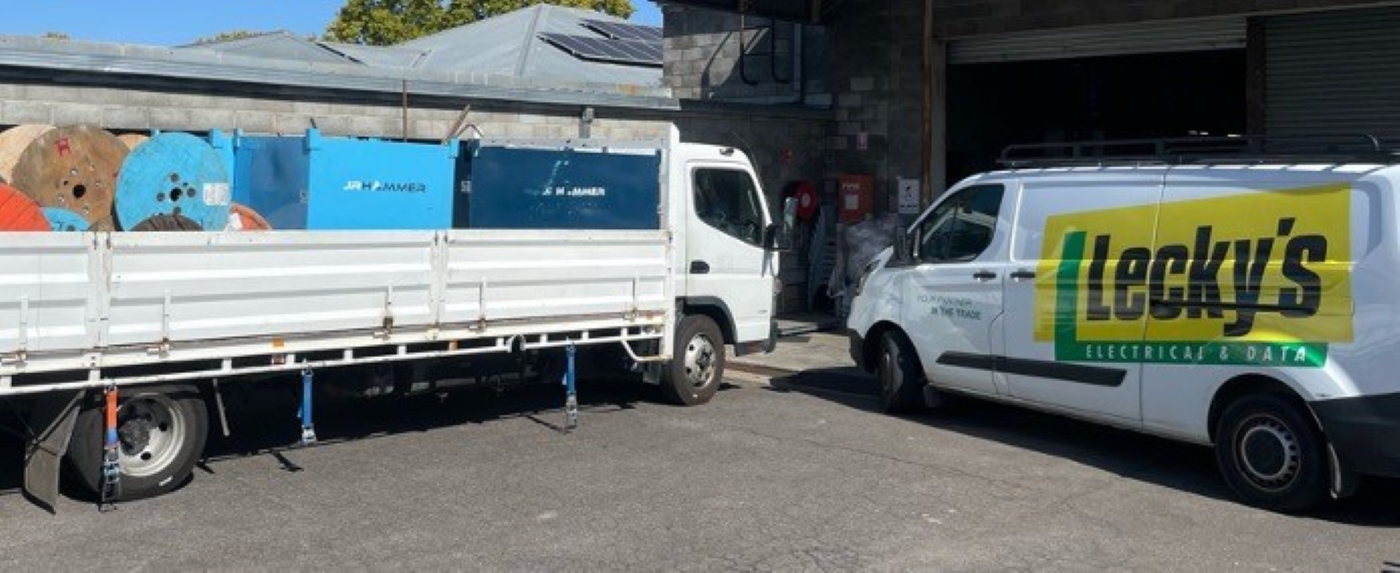
What are the benefits of RecyCabletm
Electrical Contractors can receive store credits valued at competitive market rates for recovered materials while gaining documentation for sustainability reporting requirements.
For wholesalers, it helps increase foot traffic to stores, provides an additional revenue stream and is an opportunity to be leaders in sustainability within their industry, providing a potential competitive advantage.
Helps more PVC manufacturers gain access to quality-controlled recycled materials with consistent specifications, reducing virgin material requirements and associated costs. The pilot will also provide us with data on recycling rates and an opportunity to educate and shift the way the industry recycles cables.
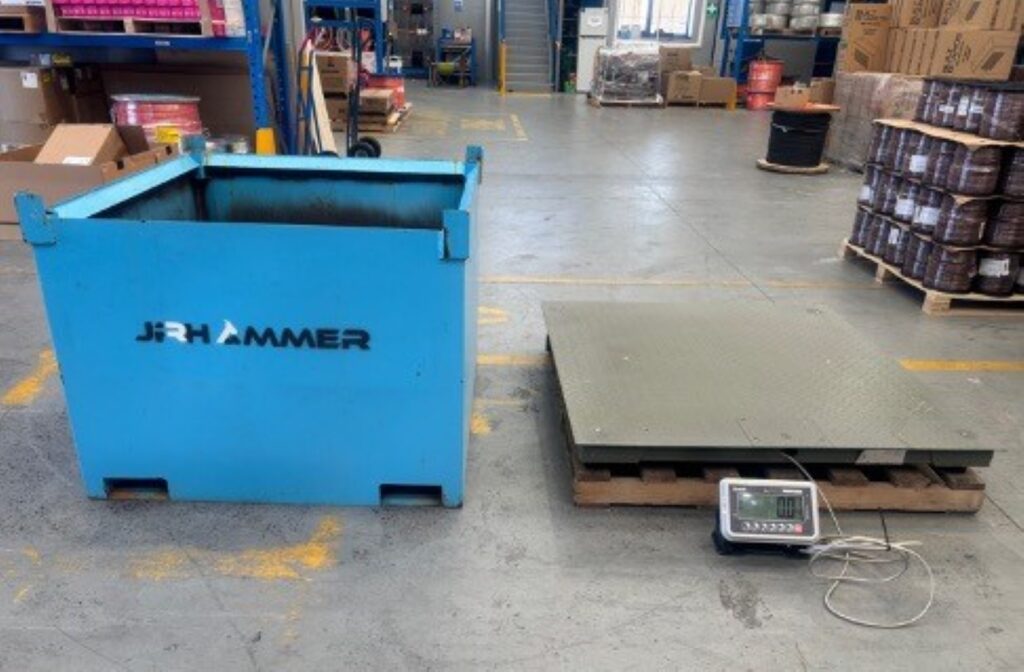
Advancing the PVC Stewardship Program
For Vinyl Council members, the RecyCabletm program provides significant support for the objectives outlined in the PVC Stewardship framework:
- Waste reduction targets: The technology delivers a 40% improvement in recyclable material recovery compared to current industry standards.
- Transparency requirements: Full documentation from collection to remanufacturing supports chain-of-custody reporting
- Market development: Creating consistent supply of recycled PVC helps establish stable demand for recovered materials
- Technical innovation: Demonstrates commercially viable circular approaches for previously difficult-to-recycle materials
JR Hammer’s investment in developing this technology aligns with the Council’s objectives of advancing sustainability through technical innovation while maintaining commercial viability.
